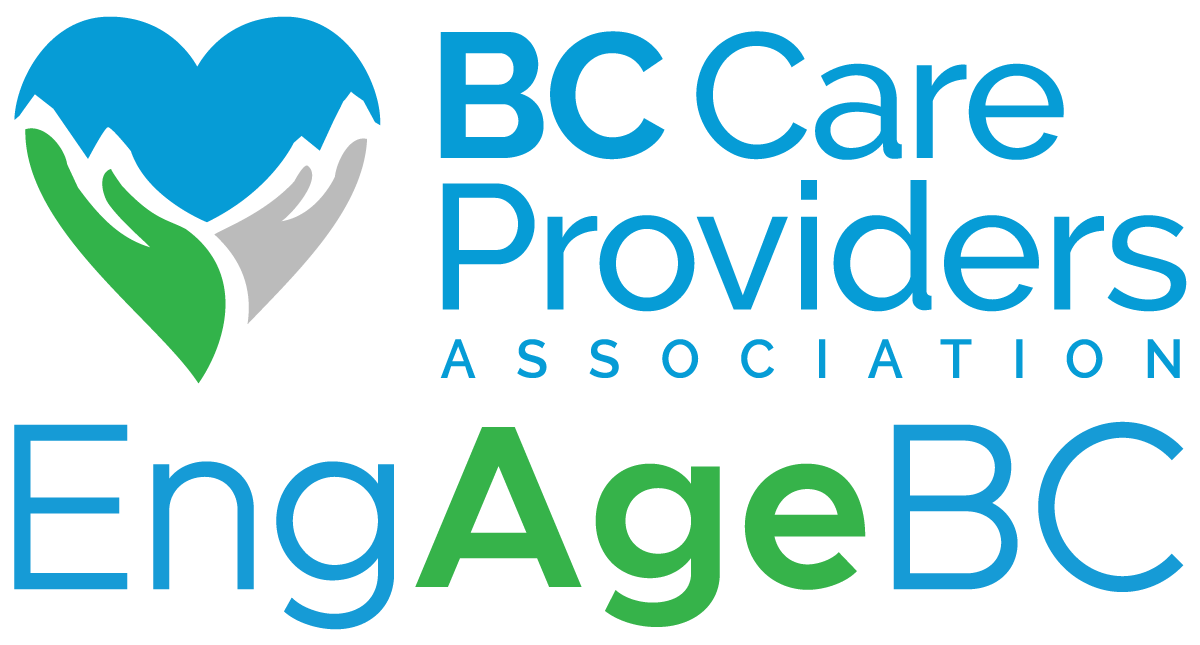With temperatures across the province expected to rise today and into this week, it’s crucial for everyone to prepare for the heat and to monitor the seniors in their communities to ensure they are safe and staying cool.
Consider taking the following precautions to reduce risk for heat-related illnesses in older adults:
- Take note of the seniors’ health conditions and medications. Check if they’re taking any prescription drugs that could impair their ability to regulate body temperature.
- Watch out for signs of overheating such as extreme thirst, dizziness, headache, nausea, cramps, fatigue, and cold, clammy skin. Overheating is not very dangerous on its own but can quickly lead to heatstroke. Symptoms of heatstroke include a body temperature of 104°F or higher, inflamed skin without sweating, rapid pulse, headache, nausea, dizziness and unconsciousness.
- Minimize sun exposure. If it’s hot outside stay indoors in a cool, air-conditioned environment. Keep your home cool by blocking out the sun with blinds/solar curtains, and keeping windows open at night.
- Dress appropriately. Wear light-colored clothing made of natural, breathable fabrics like cotton. Hats and scarves should be used to protect against the sun.
- Stay hydrated by consuming enough water, juice, fruits and vegetables. Avoid alcoholic beverages, coffee and cola.
- Exercise indoors on warm days. Seniors should stay active but avoid overexerting themselves.
Below are some useful resources on heat safety and preparedness:
BC Centre for Disease Control – Preparing for Heat Events
Advertisements

PreparedBC – Be prepared for extreme heat
What Seniors Need to Know: Emergency Preparedness Guide
Check out BCCPA’s Emergency Preparedness Resource Database for long-term care and assisted living operators here.




